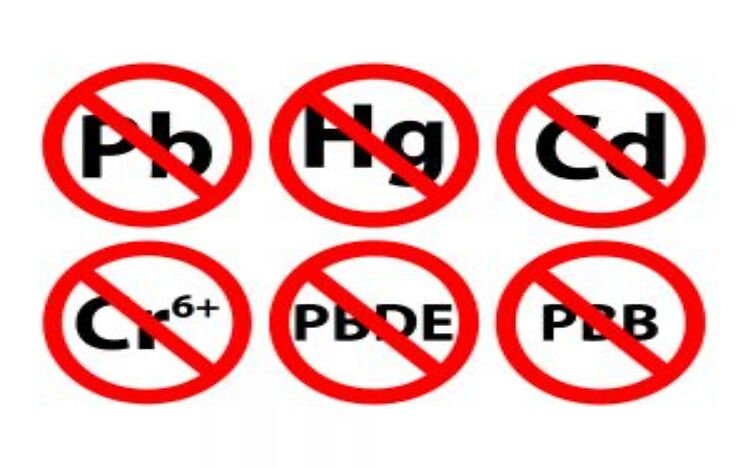The RoHS Directive (Restriction of Hazardous Substances) is a regulation that aims to limit the use of certain polluting substances in the production, sale, and use of electronic devices and components. The directive covers a variety of products, including electronic devices, electrical and electronic equipment (EEE), and components.
The RoHS Directive restricts the use of certain polluting substances in the production of electronic devices, including cadmium, chromium (VI), lead, zinc (II) oxide, polybrominated biphenyls (PBB), and polyethylene terephthalate (PET). These substances can have potentially hazardous properties for the environment and human health, and the RoHS Directive aims to reduce their use.
Cadmium is a toxic heavy metal that can accumulate in the environment and cause health problems in humans and animals. It is commonly used in the production of batteries, pigments, and coatings, and has been linked to cancer and kidney damage. Chromium (VI) is a highly toxic and carcinogenic metal that can cause respiratory and skin irritation. It is often used in the production of leather tanning, wood preservation, and pigment production.
Lead is a toxic metal that can accumulate in the environment and cause health problems in humans and animals. It is commonly used in the production of batteries, pigments, and coatings, and has been linked to developmental delays and neurological problems. Zinc (II) oxide is a common ingredient in sunscreens and cosmetics, and can cause skin irritation and respiratory problems.
Polybrominated biphenyls (PBB) are a group of chemicals that are used as flame retardants in a variety of products, including electronics. They can be toxic to humans and animals, and have been linked to a variety of health problems. Polyethylene terephthalate (PET) is a common plastic used in the production of a variety of products, including textiles, packaging, and electronics. It is generally considered safe for use, but can release toxic chemicals when burned.
The RoHS Directive restricts the use of these hazardous substances in the production of electronic devices and components, helping to protect the environment and human health.

